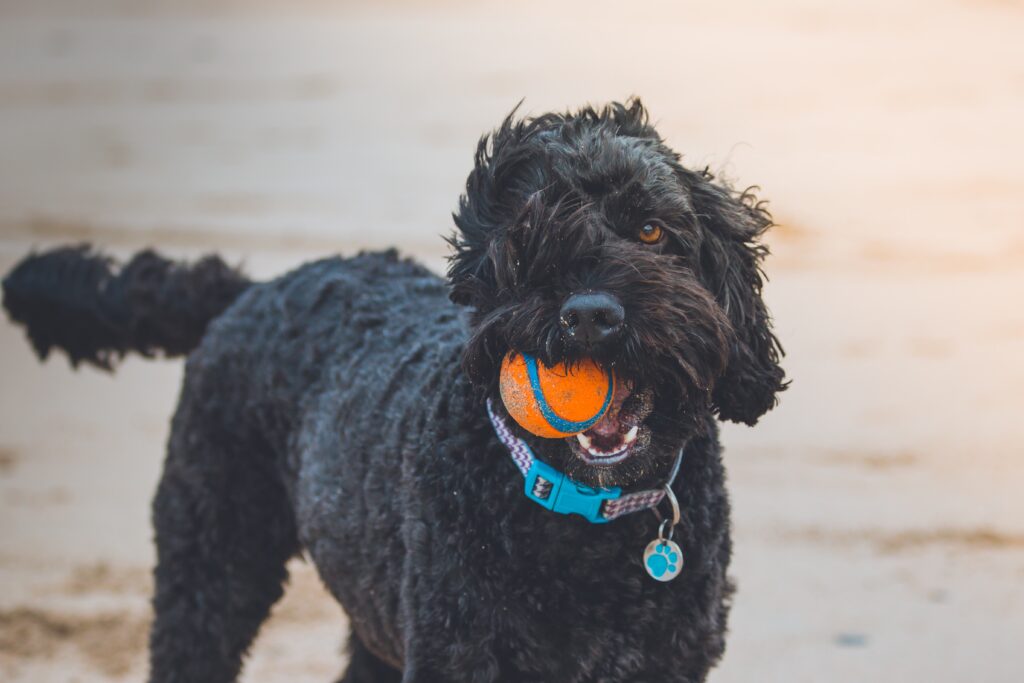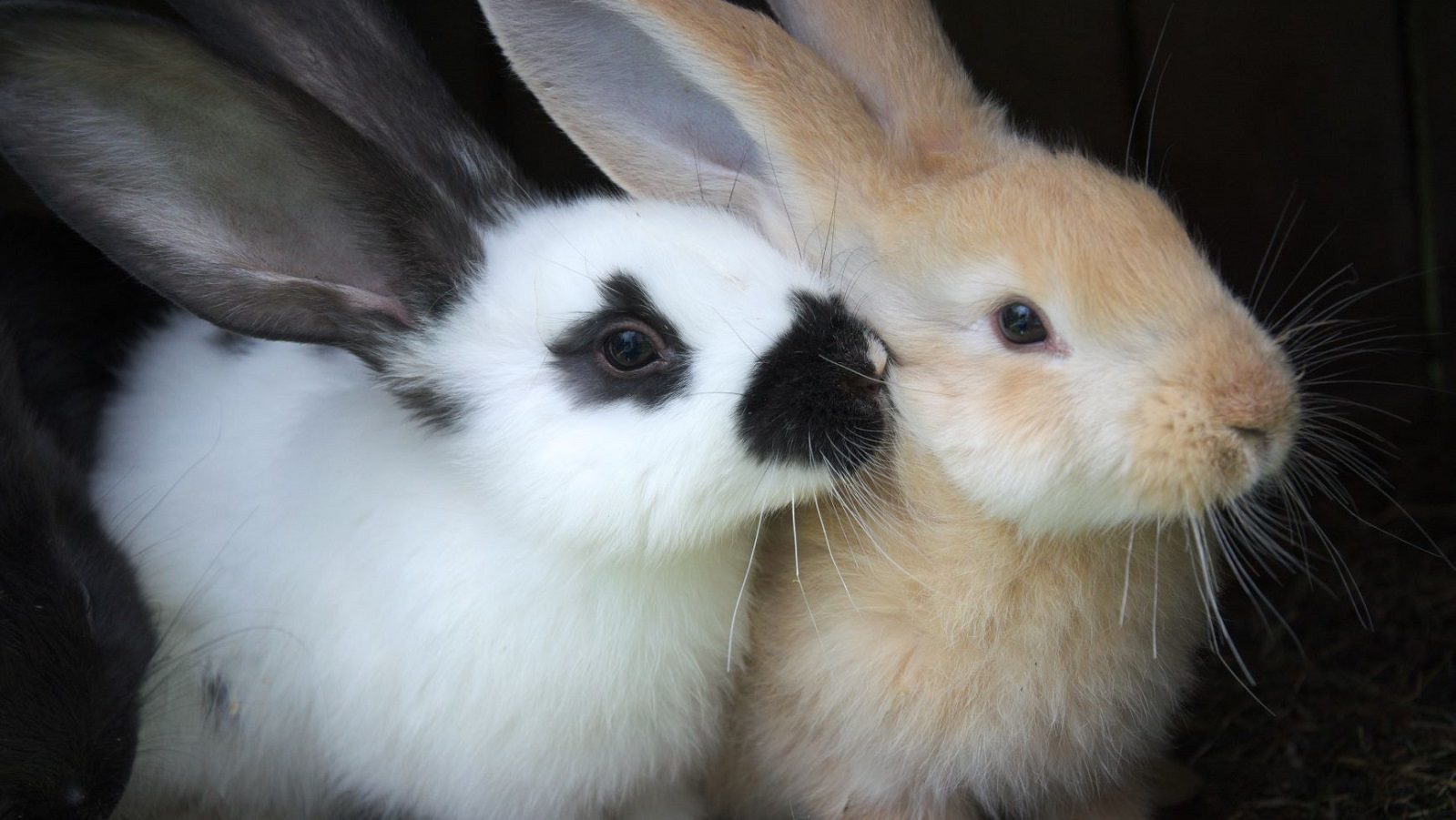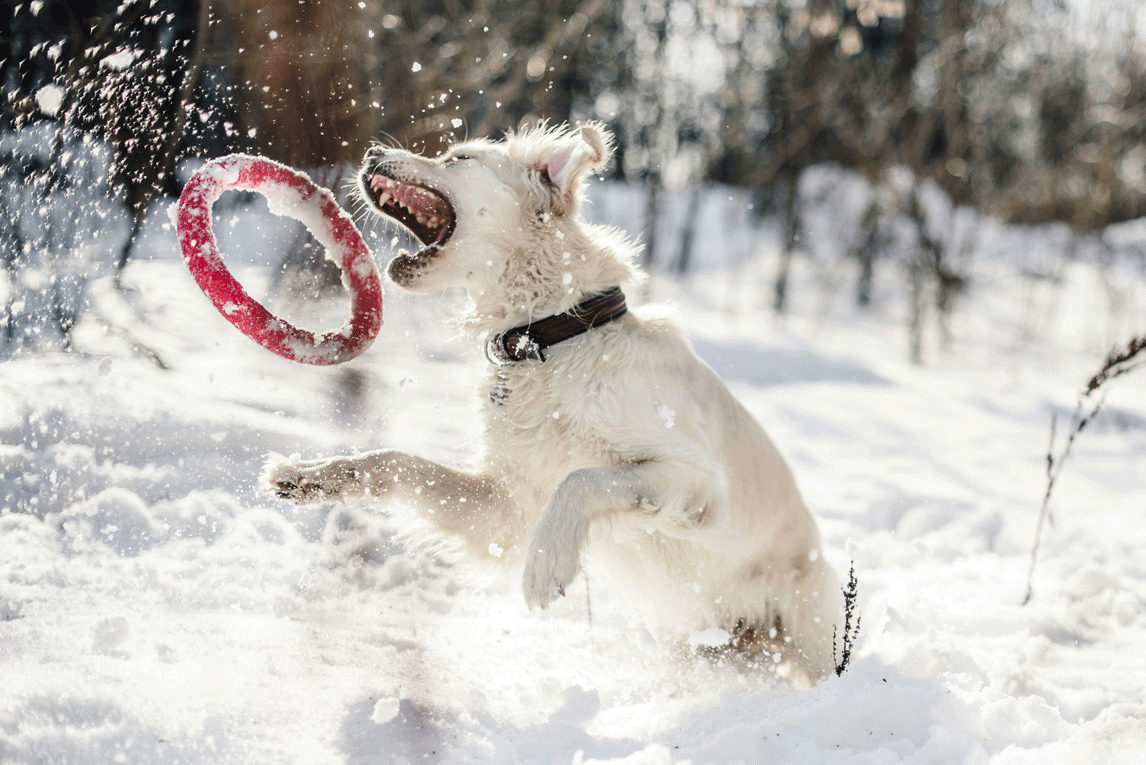Celebrated every February, National Pet Dental Health Month was created by the American Veterinary Medical Association (AVMA) to stress the importance of pets’ oral health. Given the relevance of dental care for the overall health, happiness and wellbeing of pets, it is paramount to raise awareness on this topic regardless of the continent you are located in. Check out our blog to boost your knowledge on pet dental healthcare, signs of dental diseases and for some tips on how to keep your pets’ teeth strong and healthy.

Why Dental Care Matters for Pets
Often overlooked by pet parents, oral hygiene is paramount for the overall health of your pet. Dental diseases are very common among our four-legged friends, and AVMA estimated that they affect the majority of pets by three years of age. Age is not the only factor associated with dental diseases. The breed can also influence the development of dental diseases, as well as their diet. Flat-faced cats and smaller dog breeds are affected in particular as they tend to have overcrowded or misaligned teeth that are difficult to keep clean.
There are four main ways in which poor dental care can affect your pet’s health:
- Your pet can start developing bad breath or Halitosis.
- If the structures supporting your pet’s teeth become infected, it could result in tooth loss.
- Dental diseases can cause severe oral pain to pets.
- The most dangerous effect of dental diseases is organ damage. This can occur when the bacteria in plaque enters your pet’s bloodstream where it can spread to the heart, kidneys and liver.
To know more about pets’ periodontal diseases, you can also watch this explanatory video by AVMA.
Signs of Dental Diseases in Pets
But what should we look out for to spot dental diseases in pets?
The most common signs of dental disease in pets are:
- Yellow-brown tartar
- Bleeding gums
- Red and inflamed gums
- Bad breath or Halitosis
- Difficulty chewing or dropping food when trying to eat
- Excessive drooling
- Change in eating habits
- Pawing at the mouth or rubbing the face against the floor or furniture
If your pet shows any of these signs, you should schedule a vet check-up to prevent any further dental deterioration.
Reactions to these symptoms can vary in frequency and severity depending on your pet. But even if your pet isn’t showing any signs of oral health issues, it’s worth asking your vet during a regular check-up to take a look at the teeth to help prevent potential problems.

Tips for Pet Dental Care
Many associations have put forward Dental Care Guidelines that provide information on oral health issues experienced by pets, especially cats and dogs. You can consult here the Guidelines from AAHA and Global Guidelines from WSAVA.
Generally speaking, here are four tips to ensure your pet’s oral hygiene:
- Brush your pet’s teeth. There are specific products for cleaning your pet’s teeth, and if you are unsure on how to brush your pet’s teeth, you can check out this explanatory video from AVMA.
- Take your pet to the vet. While this may seem obvious, it is very important not to miss any check-ups and ask your vet about your pet’s dental health during the consultation. You can also request professional teeth cleaning for your pet. Remember, prevention is better than cure!
- Give tooth-friendly food. You can ask your vet for advice on the best diet or additional dental chews for your pet’s oral hygiene.
- Provide appropriate toys. You can ask your vet for recommendations on toys and other treats that are kind to teeth.
So, how much did you learn about your pet’s dental health? Take this quiz to find out!



